John A. Moran Eye Center Neuro-Ophthalmology Collection: A variety of lectures, videos and images relating to topics in Neuro-Ophthalmology created by faculty at the Moran Eye Center, University of Utah, in Salt Lake City.
NOVEL: https://novel.utah.edu/
TO
| Title | Description | Type | ||
|---|---|---|---|---|
| 101 |
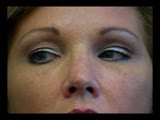 |
Duane's Syndrome Type 1 | Clip of patient with Duane's Syndrome Type I. Presented at the Neurology Grand Rounds in Fall 2011 at the University of Utah. Presentation can be found in this collection at: Why Don't You See Double? http://content.lib.utah.edu/u?/EHSL-Moran-Neuro-opth,132 Disease/Diagnosis: Duane's Syndrome Type ... | Image/MovingImage |
| 102 |
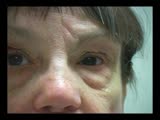 |
Duane's Syndrome Type 3 | Clip of patient with Duane's Syndrome Type III. Presented at the Neurology Grand Rounds in Fall 2011 at the University of Utah. Presentation can be found in this collection at: Why Don't You See Double? http://content.lib.utah.edu/u?/EHSL-Moran-Neuro-opth,132 Disease/Diagnosis: Duane's Syndrome Ty... | Image/MovingImage |
| 103 |
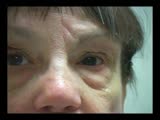 |
Test Duane | ||
| 104 |
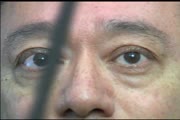 |
Normal Eye Movements | This is an examination of a person with normal eye movements. Notice the patient has normal excursions. He has normal pursuit and saccades (horizontally and vertically). | Text |
| 105 |
 |
Stereoacuity Testing | Demonstration of examination for stereoacuity. | Text |
| 106 |
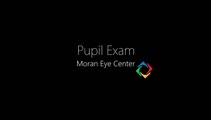 |
Pupil Exam | Demonstration of pupil examination. | Text |
| 107 |
 |
Exophthalmometry | Demonstration of exophthalmometry examination. | Text |
| 108 |
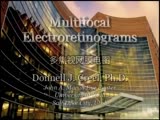 |
Multifocal Electroretinograms | The most important development in ERGs is the multifocal ERG (mfERG). Erich Sutter adapted the mathematical sequences called binary m-sequences creating a program that can extract hundreds of focal ERGs from a single electrical signal. This system allows assessment of ERG activity in small areas of ... | |
| 109 |
 |
The Orbital Exam | Comprehensive demonstration of the entire orbital examination. | |
| 110 |
 |
A-scan Technique | This video describes and demonstrates the A-scan examination technique for examination of the eye using ultrasonography. | Image/MovingImage |
| 111 |
 |
Ultrasonography Techniques | This video describes and demonstrates the various techniques for examination of the eye using ultrasonography, including A-scan, B-scan and immersion. | Image/MovingImage |
| 112 |
 |
Ultrasonography: Immersion Technique | This video describes and demonstrates the immersion technique for examination of the eye using ultrasonography. | Image/MovingImage |
| 113 |
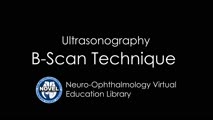 |
B-scan Technique | This video describes and demonstrates the B-scan examination technique for examination of the eye using ultrasonography. | Image/MovingImage |
| 114 |
 |
Introduction to the Basic Neurologic Exam | Introduction to the neurological examinations section of NExT. | |
| 115 |
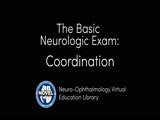 |
Basic Neurologic Exam: Coordination | Demonstration of a coordination examination. | Image/MovingImage |
| 116 |
 |
Basic Neurologic Exam: Cranial Nerves | Demonstration of a cranial nerve examination. | Image/MovingImage |
| 117 |
 |
Basic Neurologic Exam: Motor Examination | Demonstration of a motor examination. | Image/MovingImage |
| 118 |
 |
Basic Neurologic Exam: Sensory | Demonstration of a sensory examination. | Image/MovingImage |
| 119 |
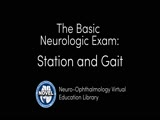 |
Basic Neurologic Exam: Station and Gait | Demonstration of a station and gait examination. | Image/MovingImage |
| 120 |
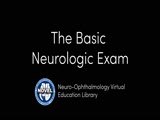 |
Basic Neurologic Exam | Demonstration of a basic neurologic examination. | Image/MovingImage |
| 121 |
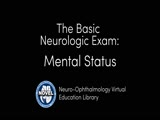 |
Basic Neurologic Exam: Mental Status | Demonstration of a mental status examination. | |
| 122 |
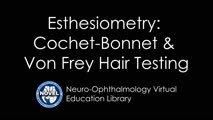 |
Cochet-Bonnet Esthesiometer (similar to Von Frey Hair) Exam | The Cochet-Bonnet esthesiometer , similar to Von Frey Hair testing, has been used in studies to quantify sensory changes in the trigeminal system, especially the cornea. The device uses a thin fiber to test sensation. The shorter the fiber, the more sensation is felt. The monofilament is applied per... | |
| 123 |
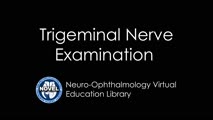 |
Trigeminal Nerve Exam | Explanation of a trigeminal nerve exam. | |
| 124 |
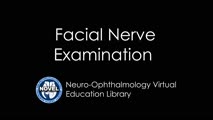 |
Facial Nerve Exam | Explanation of a facial nerve exam. | |
| 125 |
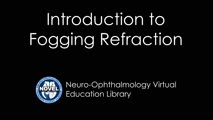 |
Introduction to Fogging Refraction | An introduction to fogging refraction. |
